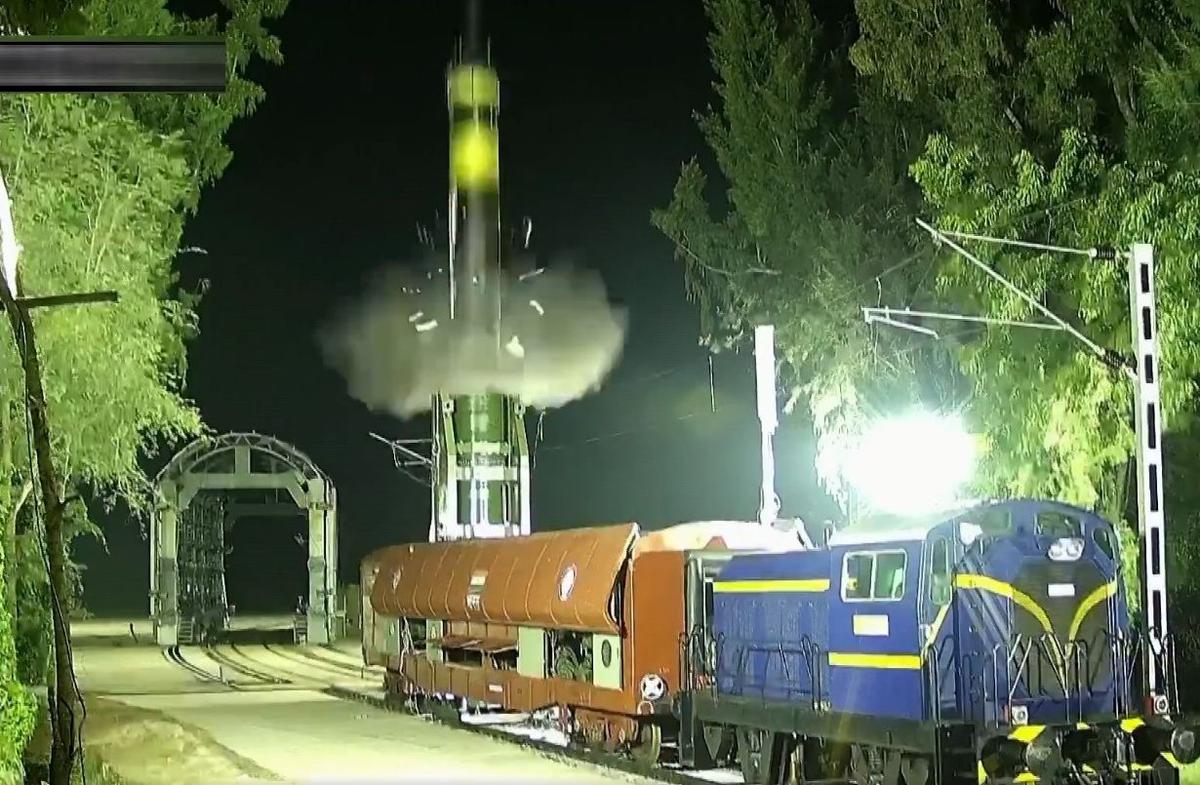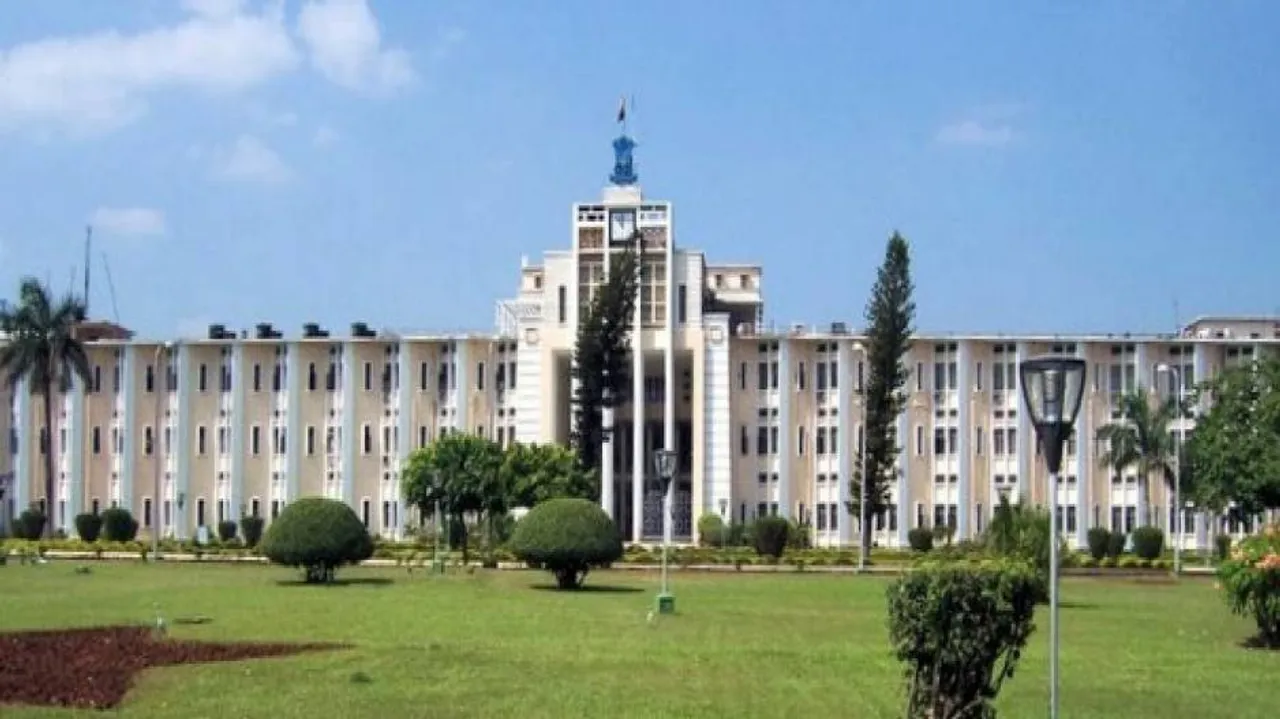New Delhi: India has taken a historic leap in its strategic defence capabilities by successfully test-firing the Agni Prime intermediate-range ballistic missile from a rail-based mobile launcher, Defence Minister Rajnath Singh confirmed on Thursday.
The nuclear-capable Agni Prime, with a range of 2,000 km, was launched from a special railcar platform pulled by an Indian Railways locomotive, marking the first-of-its-kind trial in India. With this, India joins an exclusive group of nations — Russia, the United States, and China — that have developed and demonstrated railcar-based missile launch systems.
What Makes This Test Special?
While missile tests are routine for India, this one is a breakthrough because it proves that the country’s missile arsenal can now be fired from mobile railway platforms. According to the Defence Minister, the new system offers:
-
Rapid mobility across the 70,000 km Indian Railways network.
-
Shorter reaction times, since launches can happen directly from rail tracks without additional road support.
-
Stealth advantages, as missiles can be concealed in train tunnels to avoid detection from enemy satellites.
-
Wider launch points and storage flexibility, making it difficult for adversaries to predict strike locations.
This enhanced mobility and unpredictability significantly strengthens India’s nuclear deterrence and war-preparedness, especially in conflict scenarios.
A Step Ahead in Strategic Defence
Military experts point out that the ability to launch missiles from railway tracks increases survivability during wartime. Instead of being confined to fixed military bases — which are often prime targets for adversaries — missiles can now be deployed, hidden, and launched from dispersed rail locations.
This capability is particularly relevant given recent tensions with Pakistan, where Indian military bases have been targeted by drones and precision strikes.
The Global Context
India now joins the ranks of Russia, the US, and China, who have historically developed railcar-based intercontinental ballistic missile (ICBM) systems. North Korea also claimed a railway-borne missile test in 2021, though independent verification was limited.
The advantage of such systems lies in surprise deployment and decentralized strike capacity, making it harder for adversaries to neutralize missile assets pre-emptively.
Challenges Ahead
Despite the success, the rail-based missile system has limitations:
-
Dependence on rail tracks: Launches are restricted to where tracks exist.
-
Precision demands: Modern missiles often require firing from specific coordinates, which may limit flexibility.
-
Operational secrecy: Maintaining stealth while moving such systems on civilian rail networks will require advanced planning.
Nevertheless, the Agni Prime rail-based launcher strengthens India’s long-range deterrence and provides a strategic edge in mobility and survivability.
Conclusion
With this successful test, India has proven its technological prowess and defence readiness, reinforcing its place among the world’s leading military powers. The development of a canisterised, rail-based missile system reflects India’s focus on next-generation strategic deterrence, ensuring preparedness against evolving threats.










